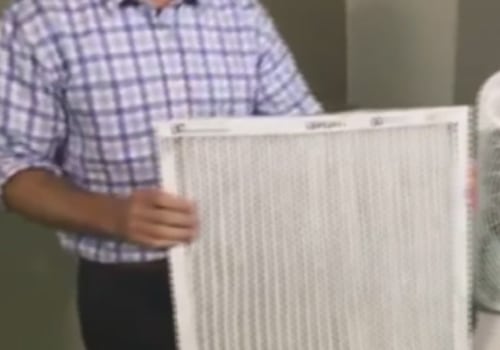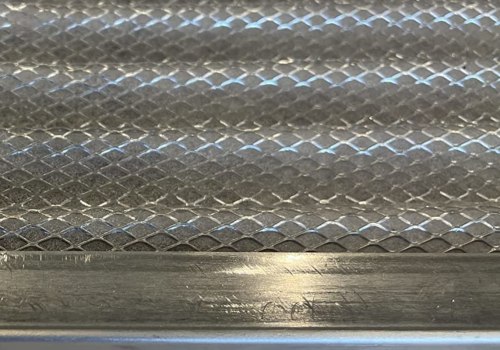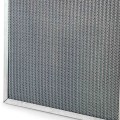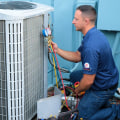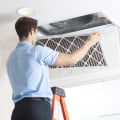When it comes to choosing the right air filter for your home, it can be difficult to know which MERV rating is best. The MERV rating system, developed by the American Society of Heating, Refrigeration and Air Conditioning Engineers (ASHRAE), provides a more accurate picture of an air filter's capabilities. MERV ratings range from 1 to 20, with higher ratings indicating better filtration. Filters with a MERV rating of 9-12 are capable of trapping more than 85% of particles between 3.0-10.0 microns in size.
A MERV 9 filter will trap less than 50% of particles between 1.0-3.0 microns, while a MERV 10 will stop at 64%, a MERV 11 will get up to 79%, and a MERV 12 can trap up to 89%. The MERV 13 air filters even provide additional filtration power against fine particles compared to the MERV 11 filters. The additional benefits of MERV 13 air filters are that they can filter smoke, airborne viruses and smog. They are particularly useful in heavily polluted areas, areas that are often affected by wildfires, or to help prevent the spread of disease. As with any increase in the MERV level, there is an associated price difference and airflow resistance. If you have someone in your household who suffers from allergies, you may want to opt for a higher MERV rating.
It's best to comply with oven manufacturer's recommendations or consult an HVAC professional to determine exactly which MERV rating is best for your specific system. If you're really not sure which MERV rating to use, you can have professionals make a recommendation for you during a routine HVAC basic maintenance visit. In general, filters with a MERV 16 rating or lower are considered HVAC system grade filters for residential, commercial, and general hospital use. Filters with higher Merv ratings should be changed more frequently (at least every three months) to avoid restricted airflow that can cause the system to operate inefficiently or even damage it. A higher MERV rating often means lower airflow, which can make the system work harder and use more energy to do its job. Using an air filter with a MERV rating higher than recommended by the manufacturer of your oven or air conditioner may impair its performance.
If your HVAC has a permanent split condenser fan, a higher MERV rated air filter will interfere with it and cause lower airflow. When it comes down to it, the best way to determine which MERV rating is best for your home is to consult an HVAC professional or follow the manufacturer's recommendations. Filter technology has grown by leaps and bounds over the years, and understanding the different ratings can help you make an informed decision about which air filter is right for you.

